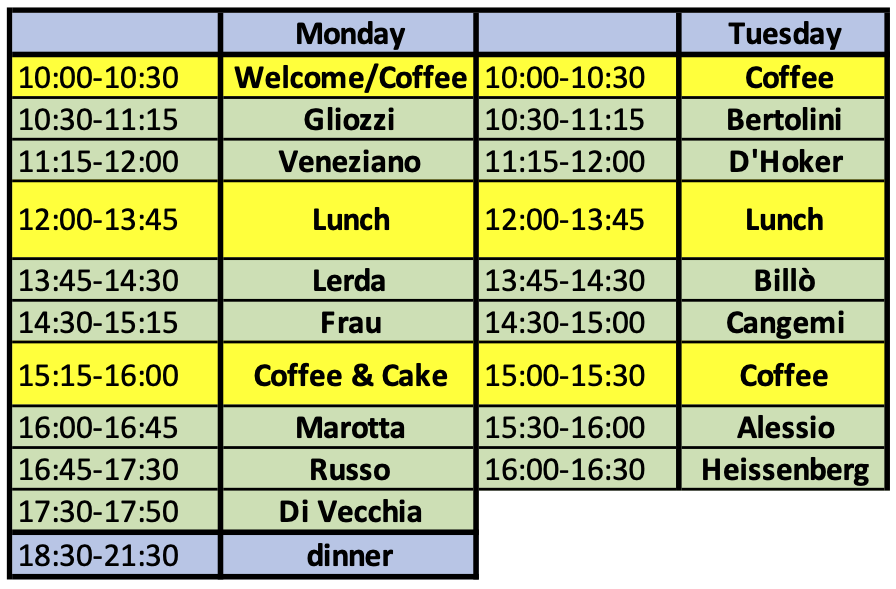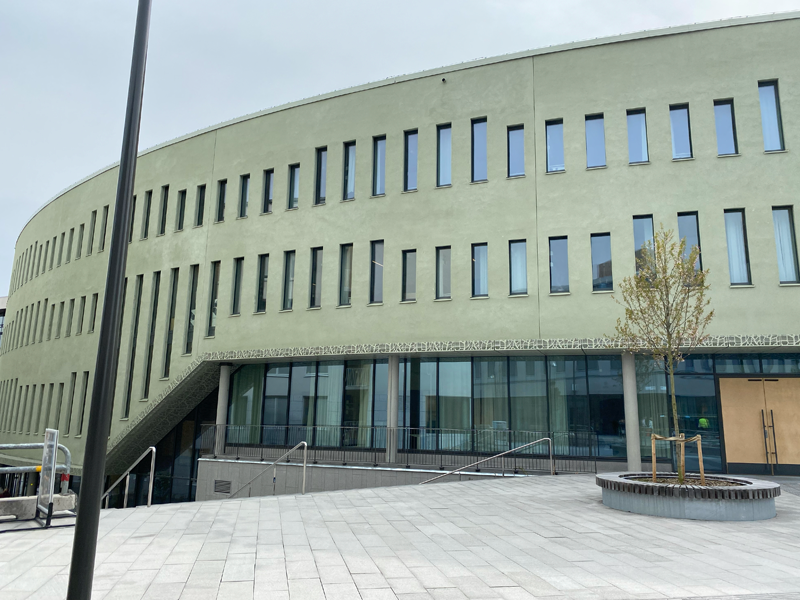Di Vecchia-80 Fest
→
Europe/Stockholm
FB53 (AlbaNova Main Building)
FB53
AlbaNova Main Building
, , ,
Description

Di Vecchia-80 Fest: May 15-16
During mid May 2023, Nordita will host a two-day workshop to celebrate the 80th anniversary of Paolo Di Vecchia. The topics covered will include both historic overviews and recent developments in string theory, gauge theory, gravitational physics, and related areas.

The workshop will start at 10:00 on Monday May 15, and end 16:30 on Tuesday May 16. The talks are in FB53 (AlbaNova) on Monday, and Mega (6th floor Nordita) on Tuesday. The banquet will take place on Monday at 18:30.
Invited speakers
- Francesco Alessio
- Matteo Bertolini
- Marco Billò
- Lucile Cangemi
- Eric D'Hoker
- Marialuisa Frau
- Ferdinando Gliozzi
- Carlo Heissenberg
- Raffaele Marotta
- Alberto Lerda
- Rodolfo Russo
- Gabriele Veneziano
Schedule

Organizers
- Henrik Johansson
- Niels Obers
- Oliver Schlotterer
- Konstantin Zarembo
Participation
In order to participate in the two-day workshop, and banquet, please contact one of the above listed organizers and state your interest to attend the event.
Participants
|
|
|
|
Venue

Sponsored by:
Contact


